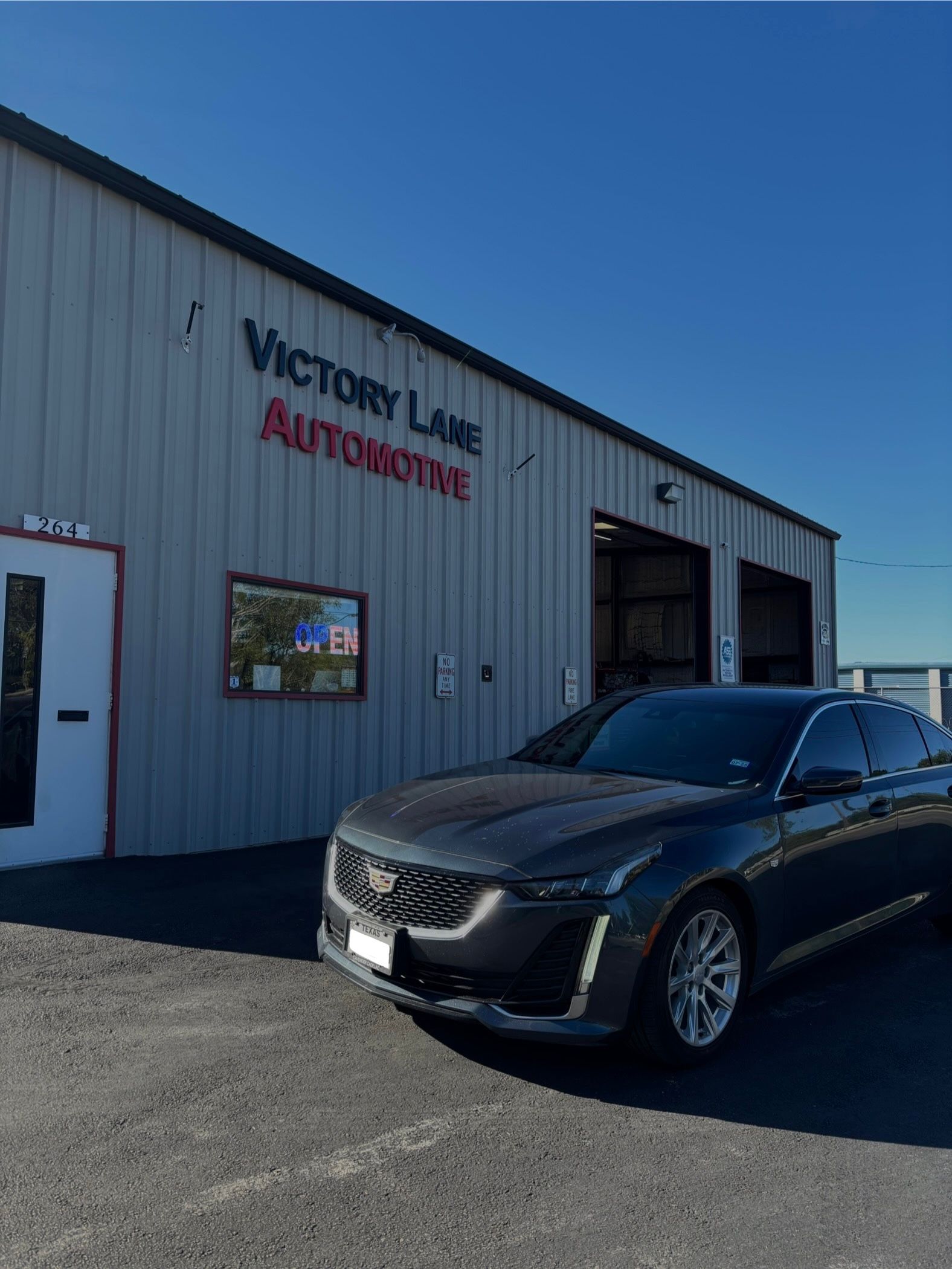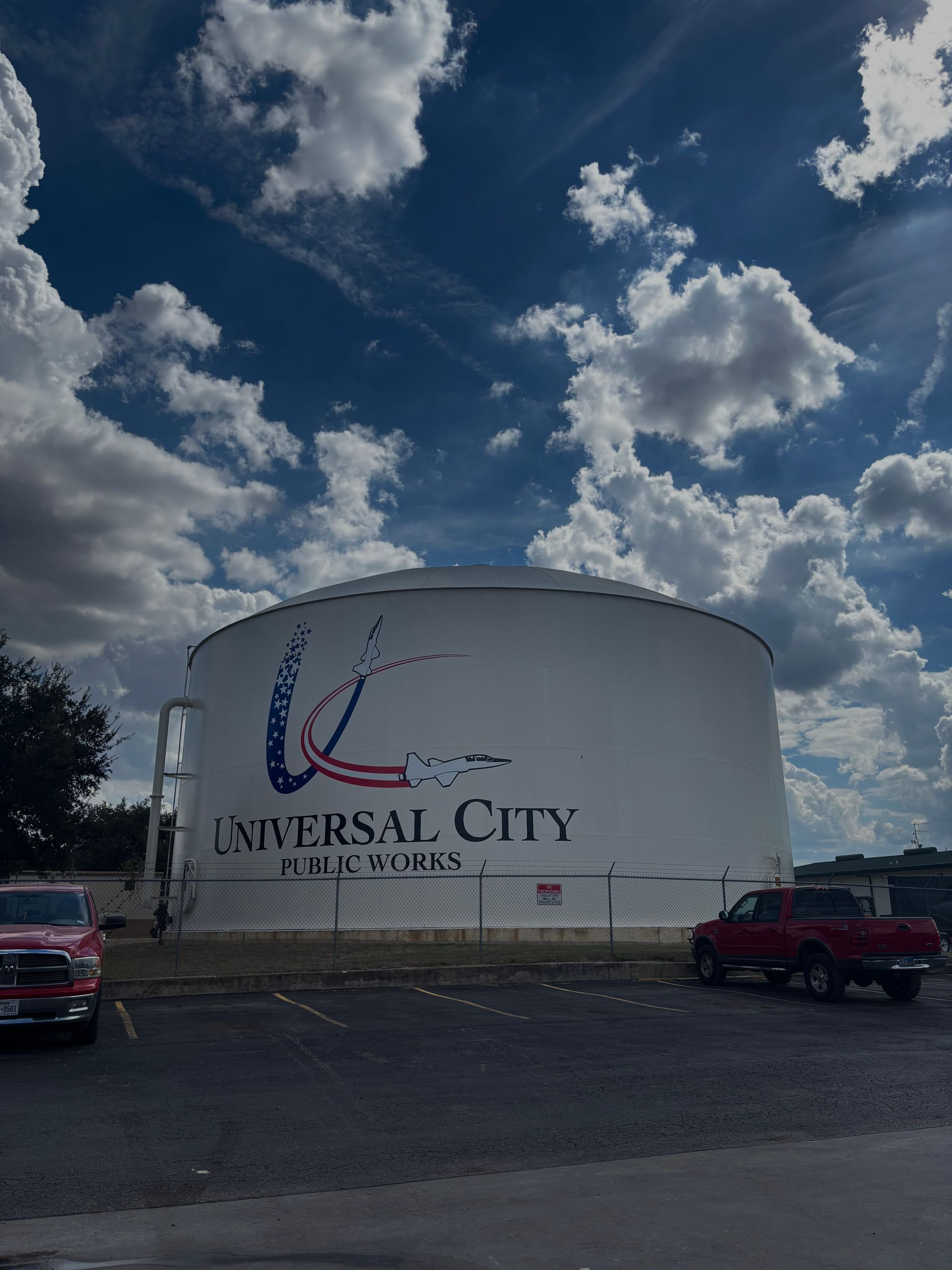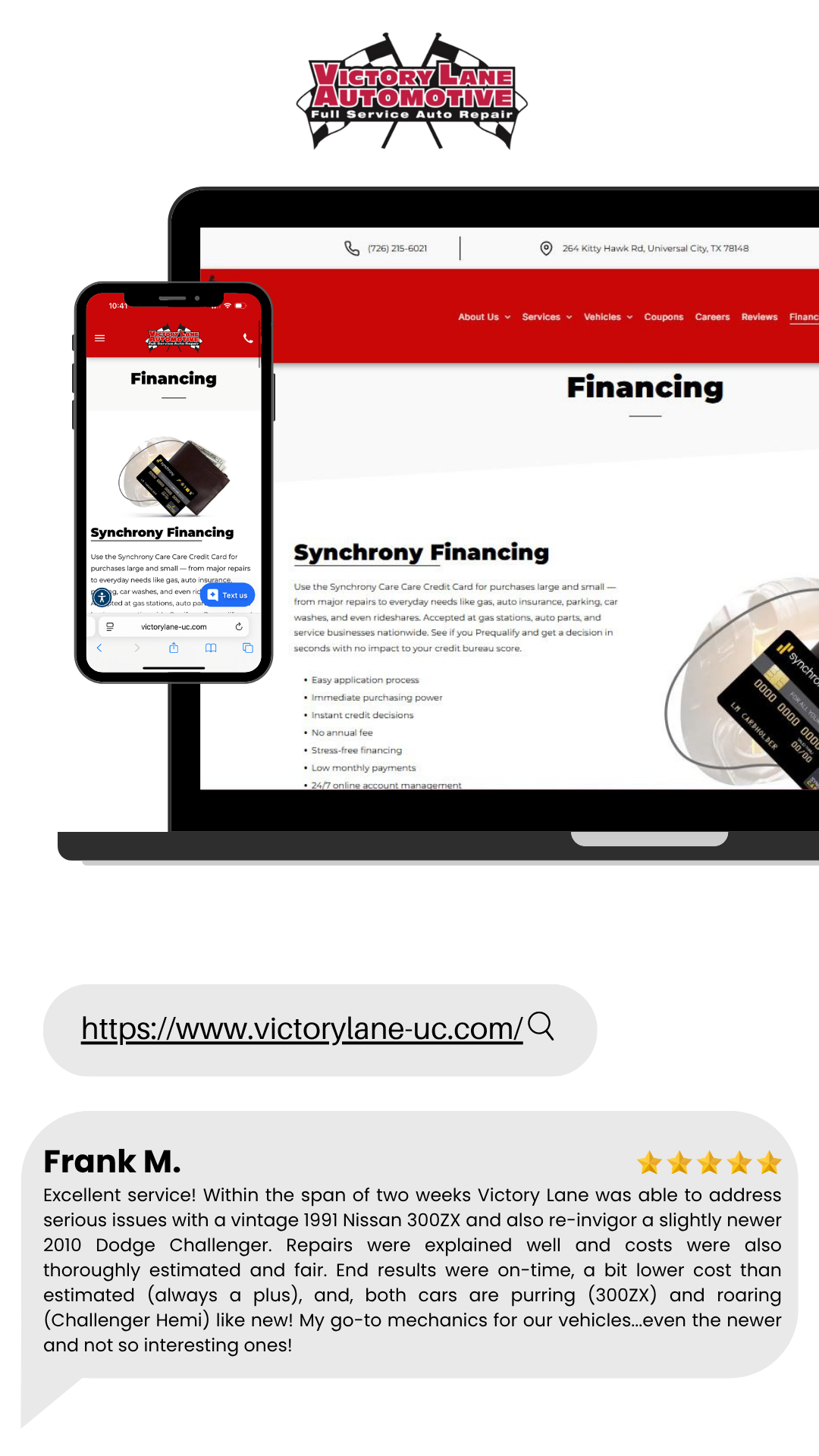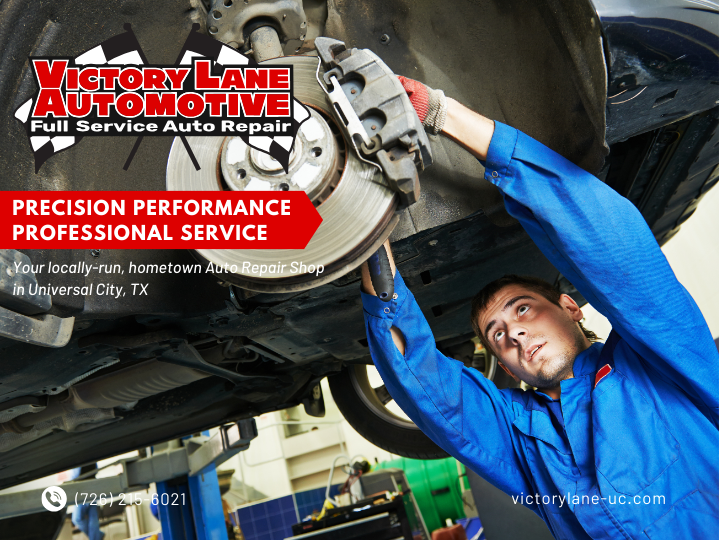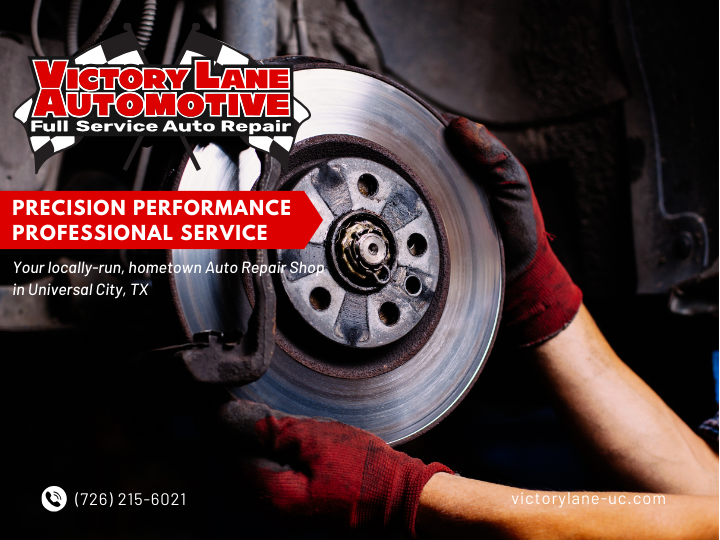When should I replace my shocks and struts?
When should I replace my shocks and struts?
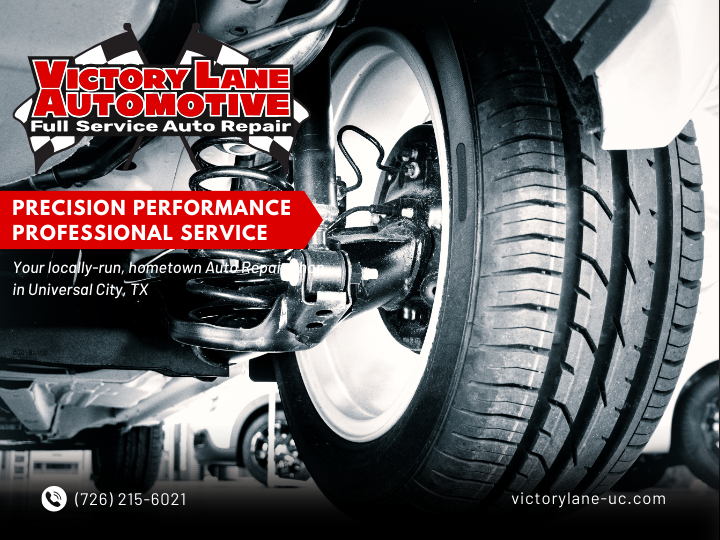
Why Shocks and Struts Are Essential for Your Vehicle and When to Replace Them
Shocks and struts are often taken for granted, but they play a critical role in the comfort, handling, and safety of your vehicle. Understanding their function and importance, along with knowing the right time for replacement, is crucial for every car owner. Here, we’ll cover what shocks and struts do, why they’re necessary, and why it’s often recommended to replace them around 75,000 miles as a part of preventive maintenance.
What Are Shocks and Struts?
Shocks and struts are key components of your vehicle’s suspension system, working to ensure stability, comfort, and control on the road.
1. Shocks (Shock Absorbers):
Shock absorbers are hydraulic devices designed to control the movement of your vehicle’s springs, especially when driving on uneven or rough terrain. The springs absorb most of the initial impact, and shocks help manage this energy by controlling the rebound. Without effective shock absorbers, a car would bounce excessively and lose stability, resulting in a rough, unpredictable ride.
2. Struts:
Struts combine a shock absorber with a coil spring in one integrated assembly. They not only absorb impact but also support the vehicle’s weight and structural alignment. Struts serve a dual purpose by helping to control spring movement and supporting the suspension structure. This dual role makes them more complex than shocks, typically more expensive to replace, and highly integral to the vehicle’s handling and alignment.
Why Are Shocks and Struts Necessary?
Shocks and struts play a crucial role in several areas that directly affect your driving experience and safety.
1. Ensuring Vehicle Stability and Control:
The primary function of shocks and struts is to maintain tire contact with the road. This helps keep your car stable and easier to control, especially during cornering, braking, and driving on rough roads. Without properly functioning shocks or struts, the vehicle would be more prone to swaying or bouncing, reducing your control and making driving more hazardous.
2. Providing a Comfortable Ride:
Shocks and struts absorb road imperfections, providing a smoother, more comfortable ride. Imagine driving on a bumpy road without them – every small bump would translate directly into the cabin, making for a rough and uncomfortable journey. They act as the buffer between the road’s surface and your vehicle, enhancing comfort and reducing fatigue.
3. Supporting Braking Performance and Safety:
Properly functioning shocks and struts don’t just improve handling—they also significantly impact braking performance. Worn shocks and struts can increase stopping distances by as much as 20%, making it harder to stop in an emergency and reducing your ability to avoid hazards on the road. Regular maintenance and timely replacement can ensure your vehicle maintains optimal braking performance and keeps you and others safer.
4. Preventing Premature Wear on Other Components:
Worn shocks and struts put additional strain on other parts of the vehicle, including tires, brakes, and suspension components. They help distribute impact forces more evenly, reducing the wear on these other components. When shocks and struts are no longer effective, the vehicle’s weight distribution can become uneven, leading to faster and uneven tire wear, brake wear, and increased maintenance costs over time.
How Often Should Shocks and Struts Be Replaced?
While shocks and struts are built to be durable, they aren’t meant to last forever. In general, it’s recommended to replace them around 75,000 miles as part of preventive maintenance, even if they’re not showing obvious signs of wear. Replacing them at this interval can help you avoid more costly repairs down the line, maintain smooth handling, and ensure your vehicle is as safe as possible.
Factors like driving conditions, vehicle type, and driving habits can influence how quickly shocks and struts wear out:
- Driving Conditions: Rough, uneven roads put more strain on shocks and struts, leading to quicker wear.
- Driving Habits: Frequent hard braking, sharp turns, and aggressive driving accelerate the wear on shocks and struts.
- Vehicle Type: Larger vehicles, such as trucks and SUVs, may place more demand on their suspension systems.
Remember that replacing shocks and struts around 75,000 miles can be a smart choice for maintaining optimal performance, safety, and comfort, regardless of visible wear signs.
Signs That Your Shocks and Struts Need Replacement
Even if you’re following a preventive maintenance schedule, it’s important to recognize signs of wear in case they appear earlier than expected. Here are some key indicators that it might be time for new shocks or struts:
1. Excessive Bouncing or Swaying:
If your vehicle bounces repeatedly after hitting a bump or sways more than usual during turns, it’s a clear sign that your shocks or struts may be worn.
2. Poor Steering Response:
If your steering feels less responsive or if it’s difficult to keep control during turns, especially in windy conditions, worn shocks or struts could be the cause.
3. Longer Stopping Distances:
If you notice that it takes longer to stop than it used to, this could be due to shocks or struts not properly stabilizing the vehicle during braking. Worn shocks or struts can increase stopping distances by keeping the tires from making optimal contact with the road, reducing braking efficiency and increasing risk in emergency situations.
4. Uneven Tire Wear:
Worn shocks or struts can cause uneven tire wear because they don’t keep the tires in consistent contact with the road. Look for bald spots or uneven tread, which are signs that suspension components might need replacing.
5. Leaking Fluid:
If you notice fluid leaking from a shock or strut, it’s likely that the internal seals are compromised, indicating a need for replacement.
6. Nose-Diving When Braking:
If the front of the car dips significantly when you apply the brakes, it’s often a sign of worn shocks or struts. This can reduce control during emergency braking, making it harder to stop safely.
The Importance of Timely Replacement
Driving with worn shocks and struts doesn’t just affect comfort; it compromises safety, handling, and overall performance. Worn shocks and struts don’t keep the tires firmly on the road, leading to longer stopping distances, reduced control, and increased risk of skidding, especially in wet or slippery conditions. Maintaining your shocks and struts around the 75,000-mile mark as preventive maintenance can provide peace of mind, ensuring you’re ready for sudden stops and quick maneuvers when they matter most.
Choosing the Right Replacement Parts
When it comes to replacing shocks and struts, it’s important to choose high-quality parts that meet your vehicle’s specifications. OEM (Original Equipment Manufacturer) parts are commonly recommended for matching the original design, but high-quality aftermarket options can also provide excellent performance and even improved handling in some cases, especially if you’re looking for upgraded features.
Consider the following:
- Front vs. Rear Replacement: You don’t always need to replace both front and rear components at once, but if you’re replacing one side of the front or rear, it’s generally advised to replace both sides for balanced performance.
- Alignment Check: After replacing shocks or struts, it’s a good idea to get an alignment check to ensure even tire wear and maintain optimal handling.
Conclusion
Shocks and struts are essential for safety, stability, and comfort on the road. By prioritizing preventive maintenance and planning to replace these components around 75,000 miles, you’ll be taking an important step to protect both your vehicle and those riding with you. Paying attention to signs of wear and investing in quality replacement parts will keep your car safer, more reliable, and more enjoyable to drive for many miles to come.

